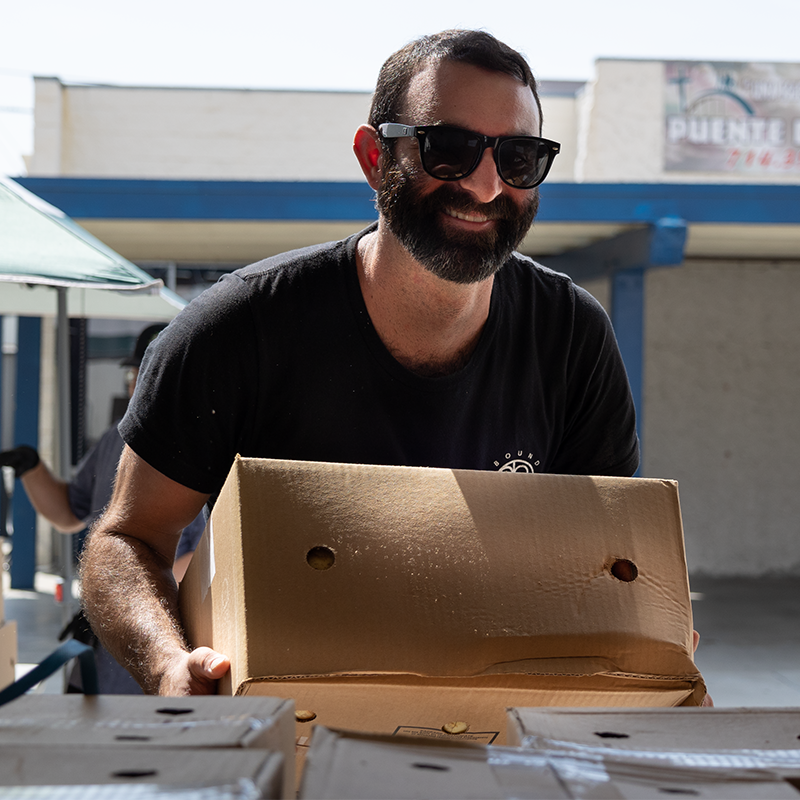
Social Media – The New Way to Educate

By: Stephen Kilgore - Social Media / Marketing Liaison
November 12, 2021
When people ask me why I enjoy my job, I always give a vast list of reasons, but one reason that I always bring up that is an instant conversation starter is the enjoyment of figuring out a way to educate people over social media on food insecurity. While all of us at Abound Food Care enjoy learning everything there is to food recovery and insecurity, there may be people out there that just do not enjoy learning about food care, and that’s okay! However, the goal of our content is to make sure this information is easy for everyone, interested or not, to understand, and after seeing our advertisement or social media post, they remember what they read. Which goes into our topic, what will people remember more, a picture or a video? The true answer is that they both serve a specific purpose. Let’s start with video. Social media is all about grabbing attention. According to an in depth report from Hootsuite, in 2020 there were 3.96 billion people actively using social media around the world, so that’s a LOT of people competing to get each other’s attention. Video provides not only visuals but audio. Audio can enhance the viewers’ experience and keep them engaged with what they are watching. The common counter-argument to video is always, “video takes longer to get the message across, a picture will convey that message right away”, and while this statement is true, it can be proven wrong. If structured correctly by managing the video length, the audio, while including an incredible hook, the video will be the clear victor every time. Videos are popular now, users on social media watch over 100 million hours of video on Facebook alone every day. Not only that, but 95% of the messages consumers see in a video stick with them. But with all of the video’s upsides, we need to look at the large downside. Spoiler, this downside is the main positive quality of photos. We can start with the obvious, video can and will take a long time to produce. You need time to plan, shoot, and edit. While photo ads also have this obstacle, videos are thousands of pictures played at an incredibly fast rate. Yes, video editing software does not have you editing frame by frame (or picture by picture), editing a picture is much quicker. Simply, photos mainly benefit the creator with quick production time, while putting the time into video will greatly weigh in favor with the consumer. So with that, why post photos at all, it might just show how lazy a content creator is? Why not just stick to creating video only? A big factor is not everyone has time for a video. If done correctly, just like video, a photo can convey an immense amount of emotion and possibly increase engagement with your following. Heck, everyone loves memes and those are pictures!
In the end, video and photo compliment each other on a social media page. Photo creates quick engagement and accessibility, while video will convey and educate a message that resonates with the viewer, which is the goal when trying to spread the word on food waste and insecurity.


